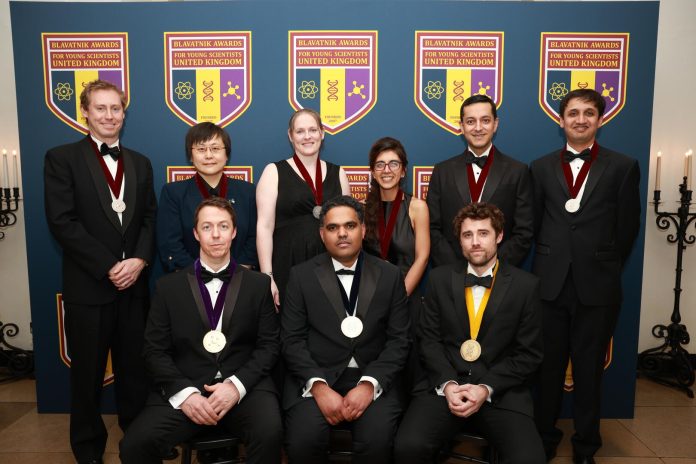Alfred Nobel, the entrepreneur better known for inventing dynamite who made fortunes from explosives and arms business and bequeathed his wealth to institute and endow “prizes to those who, during the preceding year, have conferred the greatest benefit to humankind”. The first Nobel awards in science were conferred in 1901 to Wilhelm Conrad Röntgen in physics for discovery of X-rays, to Jacobus H. van ‘t Hoff in chemistry for Osmotic Pressure and Chemical Equilibrium, and to Emil von Behring in medicine and physiology for serum therapy, especially its application against diphtheria. The rest is history – Nobel prize now, is the gold standard of award and the ultimate “recognition” that a scientist could aspire.
Over time, science awards have proliferated across the globe. Bayer Foundation’s Science Awards is a set of awards conferred by the foundation established by Prof Kurt Hansen to promote the teaching of science. He also established the Hansen Family Award for medical sciences in 2000. Sergey Brin, Yuri and Julia Milner, Mark Zuckerberg and Priscilla Chan, Anne Wojcicki, and Pony Ma founded Breakthrough Prize which is a set of international awards. The first Breakthrough Prize was awarded in 2012.
Blavatnik Awards for Young Scientists of age 42 and younger, was founded in 2007 through a partnership between the Blavatnik Family Foundation, headed by Leonard Blavatnik and the New York Academy of Sciences, headed by Nicholas Dirks. Leonard was inspired to institute a similar award after watching Nobel prize ceremony.
In the beginning, Blavatnik was open to scientists in New York, New Jersey and Connecticut in the USA. In 2014, the award was expanded to include young scientists across the US, and in the UK and in Israel in 2018. Blavatnik Awards for Young Scientists in the UK for the year 2024 has recently been awarded to Anthony Green for designing and engineering new enzymes, with valuable catalytic functions previously unknown in nature, Rahul R. Nair for developing novel membranes based on 2D materials that will enable energy-efficient separation and filtration technologies, and to Nicholas McGranahan, for harnessing evolutionary principles to understand cancers and why tumours are so difficult to treat.
Interestingly, a recent study on impact of awards on the subsequent work of their recipients revealed that the early career scientists (less than 42 years) tend to earn more citations for their post-award works than mid-career (42–57 years) and senior (greater than 57 years) scientists. Nobel Laureates received fewer citations for post- than for pre-award work1. Apparently, awards targeted to early career scientists contribute more to impactful and influential research. Awards like Blavatnik act more like a climbing ladder in terms of support and motivation to young scientists, thus fill a gap.
Awards come with credibility, financial support, industry connection and celebrations. In addition, they have positive impact on mind and personality of the recipients. Accolades, fame and recognition tremendously motivate scientists in their pursuits. The appreciation and admiration from the society boost self-esteem of award recipients2. These intangible psychological consequences have bearing on the entire research ecosystem.
Awards and accolades are also instrumental in scientists’ choice of research question. They act as primary incentive behind high-risk innovation strategies and encourage exploration of new ideas3. This is significant given relatively few ideas and scholars push the boundaries of science4.
***
References:
- Nepomuceno A., Bayer H., and Ioannidis J. P. A., 2023. Impact of major awards on the subsequent work of their recipients. Royal Society Open Science. Published:09 August 2023. DOI: http://doi.org/10.1098/rsos.230549
- Soni R., 2020. Bridging the Gap Between Science and The Common Man: A Scientist’s Perspective. Scientific European. Scientific European.14 May 2020.
- Fortunato S., et al 2018. Science of science. SCIENCE. 2 Mar 2018. Vol 359, Issue 6379. DOI: https://doi.org/10.1126/science.aao0185
- Ma Y. and Uzzi B., 2018. Scientific prize network predicts who pushes the boundaries of science. PNAS. Published 10 December 2018. 115 (50) 12608-12615. DOI: https://doi.org/10.1073/pnas.1800485115
***






































